D
Deleted member 18083
Guest
Alongside the gravel bike trail …



Pied Stilt
Little Egret
Royal Spoonbill


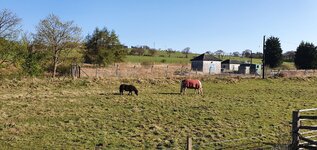



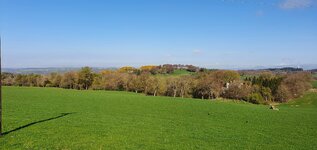



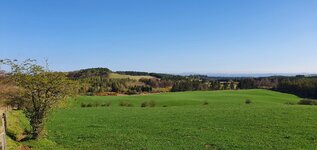
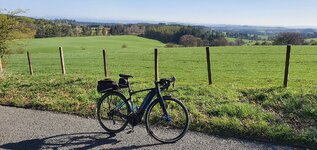
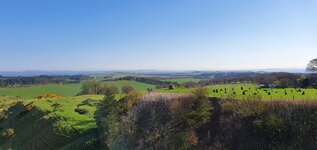
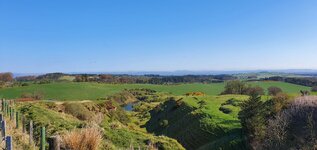
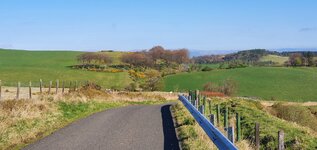
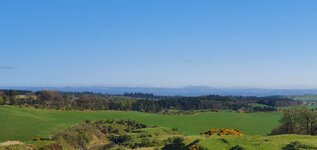
The old Boeing (first flight + 1991 = 'old'?) rumbled in low and slow (orange line) as it approached Brisbane Airport's #2 runway. I let the pelicans, spoonbills, ibises, lapwings and stilts get on with their own lives and shot (black line) the very much easier target of the Air Niugini plane.
View attachment 120620
Air Niugini Boeing 767 : P2-PXV
Brisbane Airport : BNE
Trivia (for those who know about these things) : What is that little flappy thing hanging from the fuselage beneath the tailplane? Waste water vent? Something that's come loose? An air brake (surely not!)? A gadget to discourage pilots from dragging the plane's backside along the runway?
I think it was Victoria.Rode 20km on Monday, post Covid fatigue makes the shorter rides the norm for now, but I am improving.
View attachment 120725 View attachment 120726 View attachment 120727 View attachment 120728
It was cool and windy but I enjoyed getting out.
Then Tuesday... pics are from this morning...
View attachment 120723View attachment 120724
To quote a certain Elizabeth in the UK, "We are not amused"...
Perhaps (historians can't agree) but we've certainly heard it from Betty...I thin
I think it was Victoria.


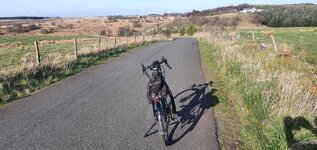
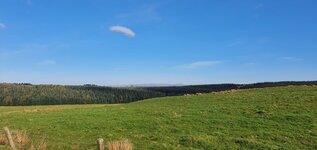
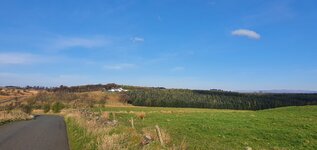
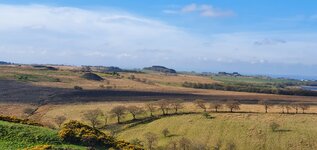

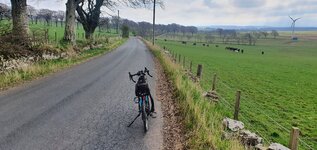

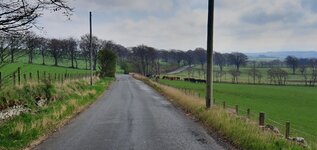
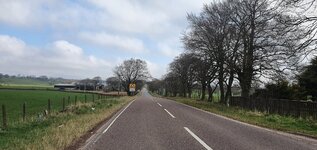
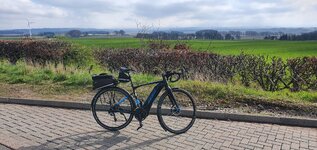
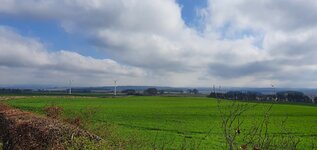
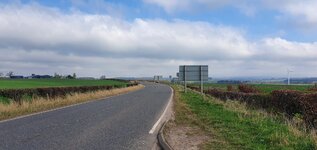
I have been faithfully watching The Sheep Game on Youtube. I have learned that if you come across a sheep on her back, you need to go flip her over or she will die. Apparently it is one of the ways sheep try to kill themselves (humor as it is said that sheep are born trying to die).View attachment 120889
A very blustery day today but also a very enjoyable one, the first 20 miles or so were into a 35mph headwind! Was I glad when I reached my turning pointMy first battery started with 83% charge and I had to swap it after 22 miles, thats how strong that headwind was...my second battery had 80% and I still had 56% left when I got home, what a difference! It started off with the sun beating down and it was very pleasant despite the wind, I used a familiar route over the hills with the tv and radio transmitters, the winds up at almost 1000ft were crazy! I caught a sheltered part for this photo!
View attachment 120891
Not so sheltered here, I placed the bike near the fence in case it blew over and it did right after the photo
View attachment 120892
View attachment 120893
No lambs caught in fences today!
View attachment 120894
Back on one of my favourite roads today and thankfully it was pretty quiet until a few trucks passed me further down the road, giving me lots of room which was most welcome!
View attachment 120896
I spotted this nice water fountain when I stopped!
View attachment 120897
The good weather is set to continue but its going to get a little colder again, I hope the winds die down a bit though! At least you can still enjoy a windy ride with an e bike, lots of these rides wouldn't be happening on a standard bike...

I have just lent my Vado SL to Jacek for a week, as he was excited to try yet another e-bike, and so different to the full power ones he could ride so far! I'm excited to hear about his experiences with that unusual "just-a-bike" as Jacek is capable to pedal unpowered. (The e-bike is so compact it could fit his car without removing the front wheel!)
He'd lose his e-MTB in such a caseOh no! Jacek has the SL.
Do you think you’ll get it back? He might like it so much that he might decide to keep it.
All the best to you (and your wife) on every single day, and with no occasion!my birthday
Remember kids..Hell is hot.14 mile round trip to a grocery store just to ride. a few things for my birthday meal tomorrow.
View attachment 120972View attachment 120973View attachment 120974View attachment 120975View attachment 120976View attachment 120977
Early seventies Chevy?Remember kids..Hell is hot.
Actually, I was trying to figure out if there were a typo. There is a BORING, Oregon!!! I'm not as familiar with Mt Hood as others from different directions. But Mt Hood, a volcano, is east of Portland.yes, boring snow covered mountain in the distance